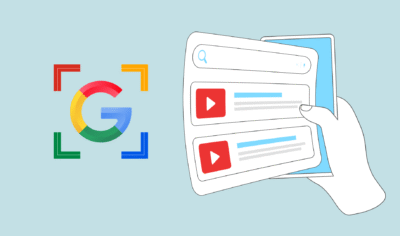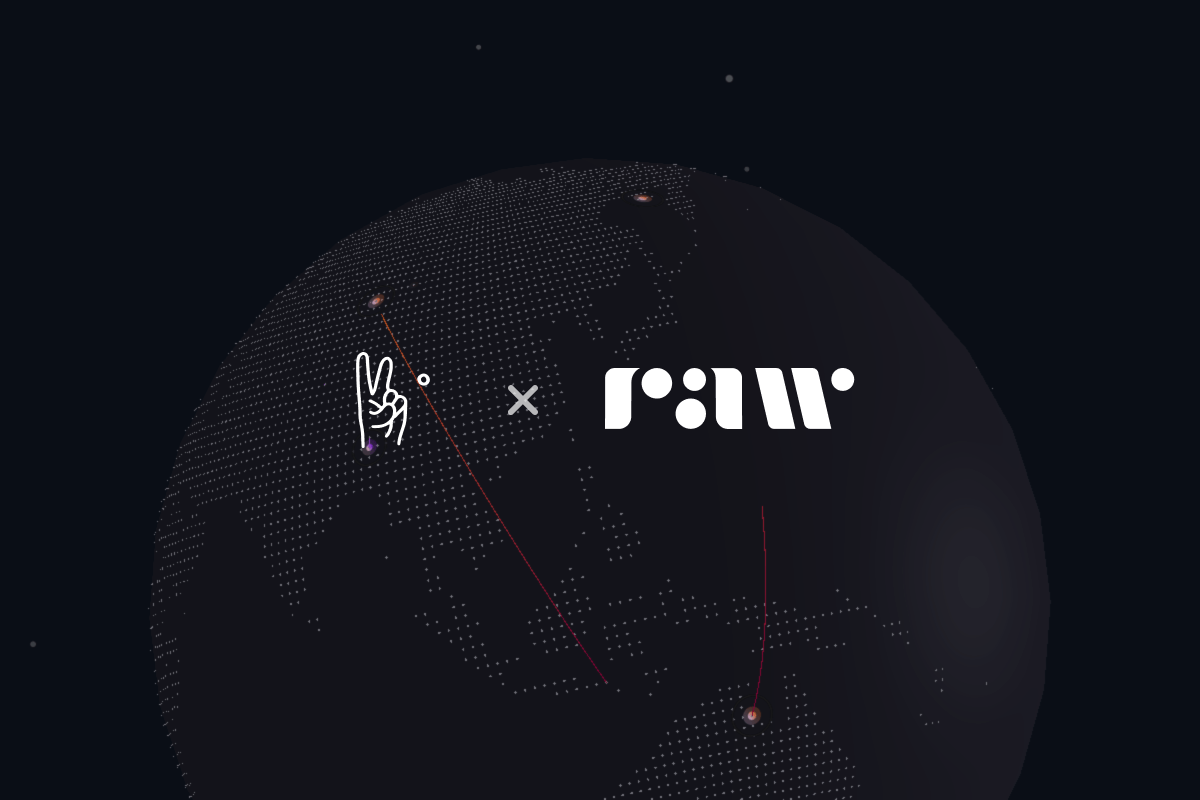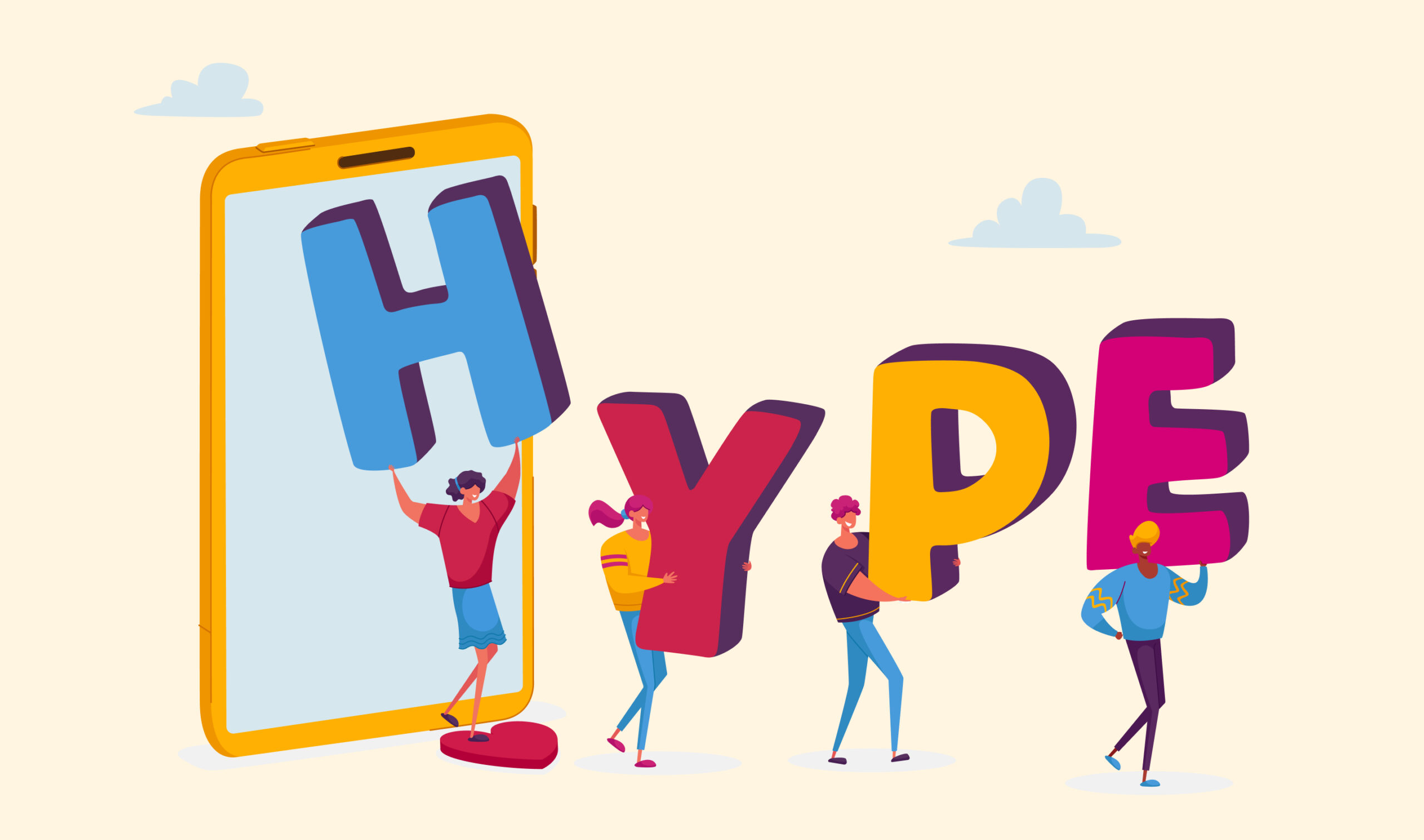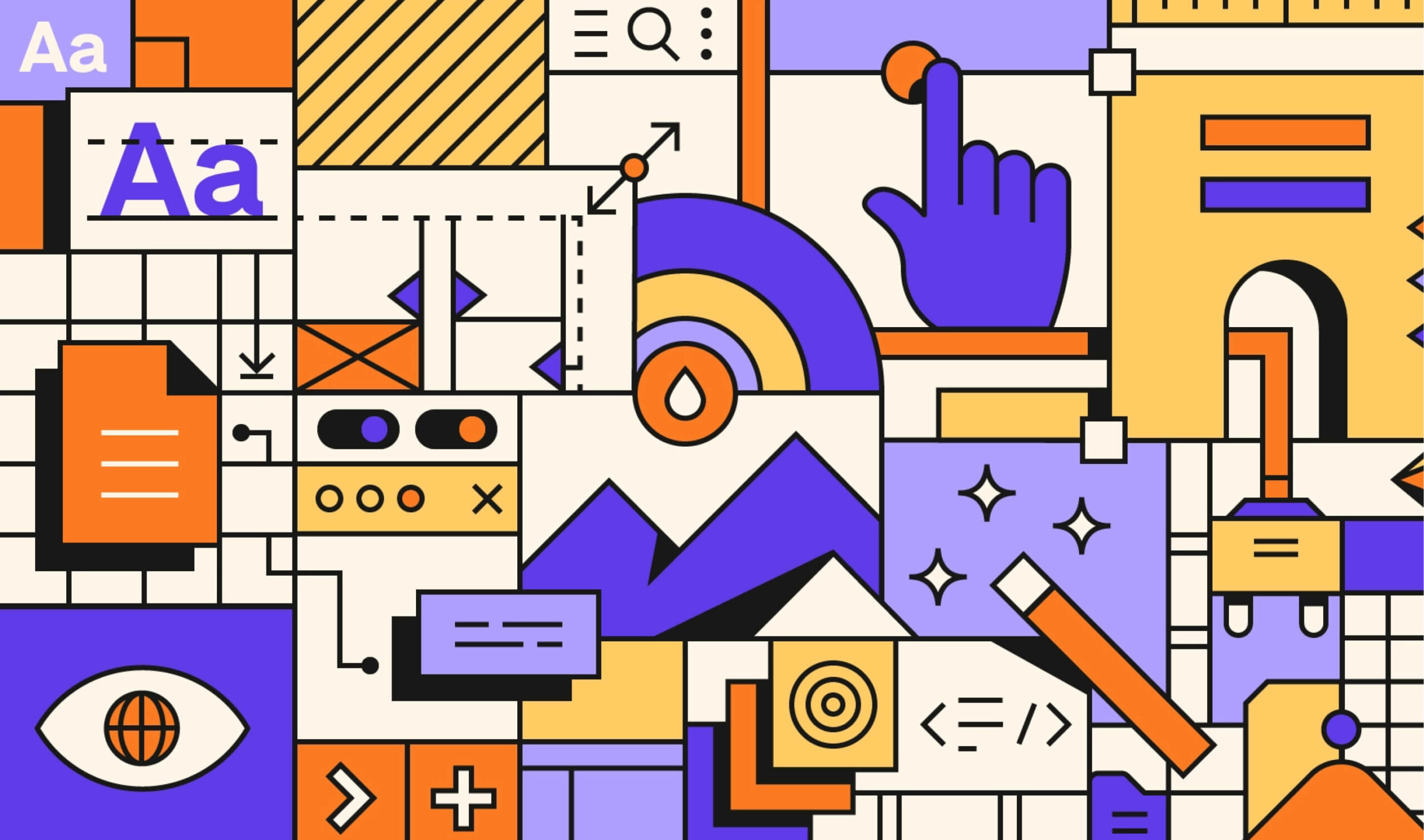
What is Service Design & How can it Benefit Your Business
Table of Contents
What is Service Design?
As a term coined by Lynn Shostack in 1982, Service Design was initially proposed to organisations as a way to develop an understanding of how all the behind-the-scenes processes intertwine and interact with each other because:
“Leaving services to individual talent and managing the pieces rather than the whole make a company more vulnerable and creates a service that reacts slowly to market needs and opportunities.”
A service is something that helps someone do something. Service design takes that service and makes sure it meets the user’s and customer’s needs. You might be wondering why this sounds similar to UX Design. Well, UX was previously used to encompass all aspects of a person’s interaction with a company, including its services and products. However, the industry is continually evolving, and definitions change.
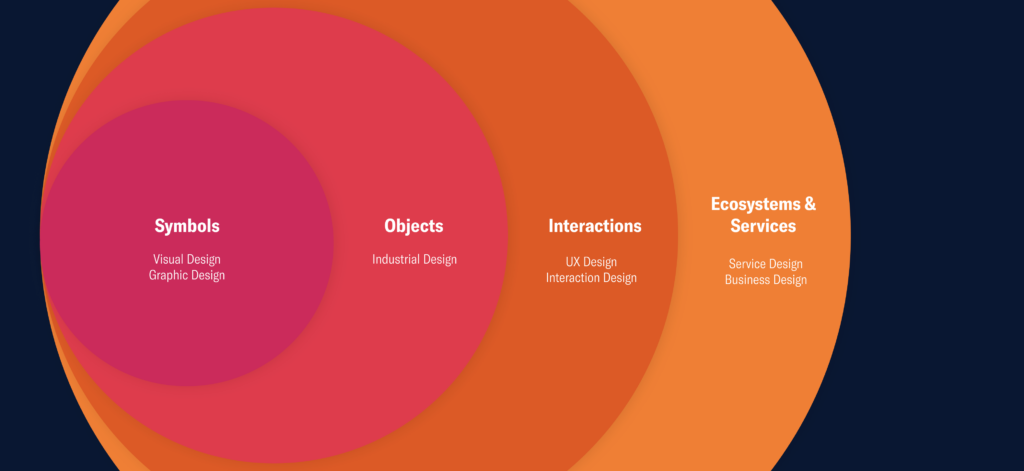
Today, the human-centric practice stands on its own and is defined wonderfully by the Nielsen Norman Group as: “The activity of planning and organizing a business’s resources (people, props, and processes) in order to (1) directly improve the employee’s experience, and (2) indirectly, the customer’s experience.”
Below we will tap into a little bit about how service design works, and just a few of the benefits that Service Design, if utilised correctly, can bring to your business.
How it works
Cross-disciplinary by nature, service design is the activity of planning and arranging people, infrastructure, communication and material components of a service to improve the quality of a product itself as well as the interaction with its users. It’s about taking a service and making it meet the customer and business needs.
In service design, there is a frontstage and a backstage. These terms are the areas that border the line of interaction in a customer experience. The customer interacts with the frontstage aspects of your business, whilst the backstage parts are all of the ‘behind-the-scenes’ processes and actions that contribute to a seamless experience.
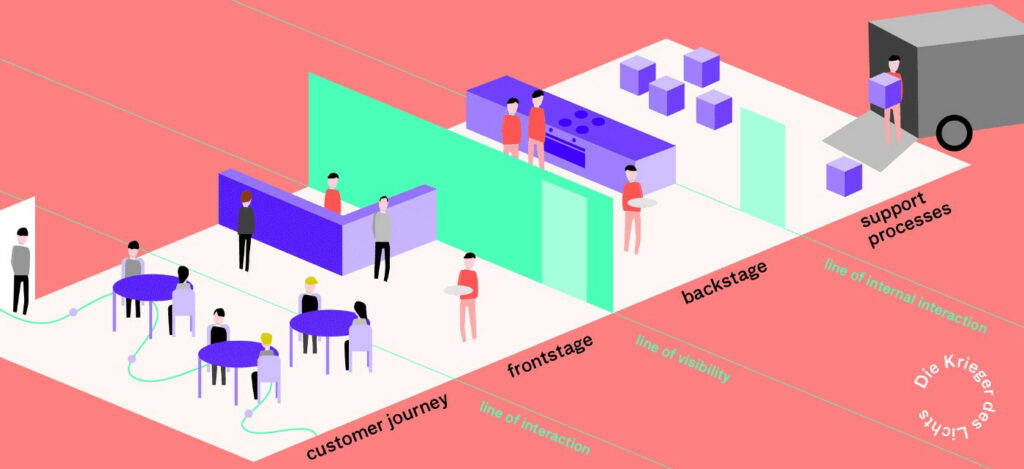
The goal of service design is to generate both frontstage and backstage strategies that meet the customers’ needs whilst simultaneously remaining economic or sustainable for the service provider. The ideal implementation of service design will create a business that is user-friendly and competitive within its market.
Benefits
So how will service design positively impact your business? Let’s see…
- You’re putting people at the heart of your organisation ❤️
Service design triggers organisational change towards customer-centricity. Worded beautifully by Megan Erin Miller,
“At the heart of service design as a practice, theory, and discipline is empathy and a desire to improve people’s lives.”
The practice’s UX-fuelled and collaborative focus helps to build an understanding of what your customers actually need and expect from the product or service.
To your customer, a good service should be, according to some of Lou Downe’s **15 Principles of Good Service Design,
👀 Easy to find – The service must be able to be found by a user with no prior knowledge of the task they set out to do. For example, someone who wants to ‘learn to drive’ must be able to find their way to ‘get a driving licence’ as part of that service unaided.
✨ Clearly explain the purpose of your service – The purpose of the service must be clear to users at the start of using the service. That means a user with no prior knowledge must understand what the service will do for them and how it will work.
✅ Enable each user to complete the outcome they set out to do – A good service helps the user to achieve a goal – be that start a business, learn to drive or move house – in as much of a seamless stream of events as possible. This starts from the moment that a user is considering doing something to the moment they have achieved their goal.
💡 Work in a way that is familiar – People base their understanding of the world on previous experiences. If there’s an established custom for your service that benefits a user, your service should conform to that custom.
🧠 Require no prior knowledge to use – A service should not work in a way that assumes any prior knowledge from the user
You can read through all of Lou Downe’s 15 Principles here, I would highly recommend it.
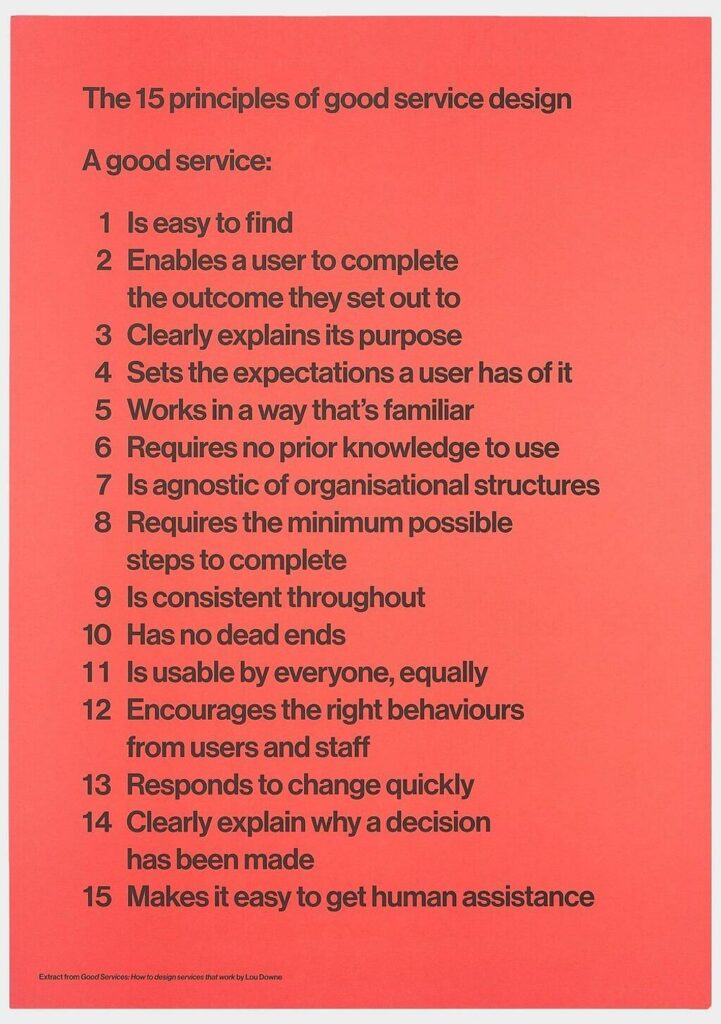
These principles can all be acted on with the utilisation of service design. The practice unveils this sometimes unspoken yet incredibly relevant criteria that customers have when they are planning to commit to using a product and in turn, the company that created it. Putting people, a.k.a your customers, at the forefront of your
- Reduce the rate of failure 🤓
We know that it is cheaper to notice an error at the start. When businesses test a new product internally, it seems to be a faster and more economical way. Following the launch, however, the product or service often fails to gain traction because the customers, or intended end-users, were never really taken into consideration. Many service design projects deliver a return on investment just by increasing efficiency. When you identify elements that are unnecessary or are less valuable, you can streamline the customer journey, thus reducing costs.
Another key area for savings is of course the reduction or avoidance of failure. With this user-centric practice, businesses are provided with a more effective way to reduce the rate of failure. By building from legitimate customer insights, engaging key stakeholders throughout the process and balancing mutual value, the solutions achieved are more relevant, feasible and sustainable. The creation of customer satisfaction syncs with business value, which enables a healthy and stable ecosystem that can thrive.
It creates an opportunity to test key concepts when the stakes are low and the environments are safe. This approach is a faster way to establish something that works and is innovative and valuable.
- Creates better collaboration within your company 🤝
By going directly to end-users, service design brings together all the players in a service, thus drastically improving the collaboration and creativity of an end solution. Due to this cross-functional approach, it initiates engagement of staff at all levels, resulting in an almost compulsory collaboration.
By adopting service design principles, companies not only become more customer-centric, but they also become aware of why it’s so important to consider business practices from the customers’ point of view. With this vision in mind – it creates a sense of unity within the company, as you are all working toward that exciting end goal.
- It boosts customer loyalty 📈
As mentioned in our first point, service design puts customers at the forefront of your business vision. There has been a profound shift in power from the company to the consumer in the past several decades. In the 90s, if a consumer was unhappy with an experience with a certain product or service, they would be limited to complaining to a few friends and sometimes the company itself. Today, the avenues of sharing your opinion are endless, and you can express your dissatisfaction to the world. So, it’s important that your users are happy.

Loyal (and happy) customers are far more desirable for businesses for many reasons. It of course increases the sustainability of your business, whilst also being an excellent way to increase brand exposure – with loyal and satisfied customers recommending the product to friends and family. By creating a user-centric product you will in turn generate a loyal customer base.
When adding value to the experience of existing customers, growth follows. The service design approach is also used to explore new markets and customer segments. Many organizations have untapped resources in form of people, knowledge or equipment. These assets can be leveraged in new solutions and can help generate value and growth, leading to more loyal customers.
- It helps you stay relevant 💯
What is considered useful or functional by your customers may not be in the future. In such a fast-paced world, new products and amazing ideas are being generated at an unprecedented pace, so it is very easy to fall behind. With service design, you are setting your business up for adaptability, allowing for the continuity of change and improvement, allowing you to meet the current and future needs of your customers.
One of the major reasons that 90% of startups fail is by creating a product that no one actually wants. Service design improves companies’ chances of success by keeping them agile toward the constantly evolving needs of customers and changes in technology.
In the words of Sofia Gomes,
Besides the fuzz around the field, service design can, indeed, create better conditions for more engagement, benefiting businesses and society in the long run. Plus, don’t fear innovation – we live in a fast-paced world that needs new solutions and new methods. We might not fully master them yet, but only by failing and improving we can actually progress.
Conclusion
A line in an article by Mariel Macia really stuck with me, where they state,
“I like the definition that says that service designers design the invisible.”
There is of course the visible stuff – the designs and the aspects of a service that the customers see and interact with, but there is also the immensely important behind-the-scenes work that is imperative in keeping the cogs running.
By embracing and working strategically with service design there is a clear opportunity to improve and innovate to climb the value chain within your industry by looking at both the value for the organisation as well as for the customer to create the optimal ‘win-win’ situation.
Want to see how service design is utilised at Raw? Check out our case study on Maqro, where we created a brand & product experience that takes a new approach to investing.
Appendix
Credit featured image: Tristan Kromopawiro
Take your company to the next level and get results with our world class user experience, interface design and implementation.
Get a FREE 30 min Strategy Session

Related posts
4 Steps To Building A Strong Brand For Your Business
“In such a competitive landscape…” We’ve all heard this at a start of a sentence. But, it couldn’t be any […]
Raw Studio acquires Jellypepper to expand its reach to the startup ecosystem
Some special news today! We’re announcing our acquisition of Jellypepper, a specialist creative agency based in Surry Hills. Jellypepper was […]
7 UX Design Trends to Look Out For in 2023
2022 has ended and we are starting 2023 with brand new ideas and trends to look for. 2022 left us […]
Creative product design that gets results
Take your company to the next level with world class user experience and interface design.
get a free strategy session
